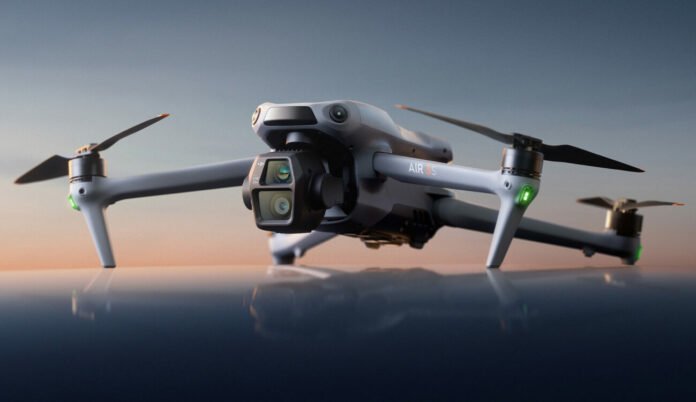The new DJI Air 3S drone features a larger 1-inch type 50 MP sensor for the 24mm main camera. The second 70mm telephoto camera has a 1/1.3-inch type 48 MP sensor. The drone has a maximum flight time of 45 minutes and brings some new improvements such as a forward-facing LiDAR sensor, a better night flying experience and more. The Air 3S is now available from €1,099.
After releasing the small, affordable and easy-to-fly DJI Neo last month, Chinese technology company DJI is today releasing another new drone. This time it is the DJI Air series that is getting a renewal. Let’s take a quick look at what the new DJI Air 3S has to offer.
The return of the 1-inch sensor
When DJI announced the Air 2S drone in April 2021, many filmmakers and photographers were pleased with its promising specifications. The lightweight brother of the larger DJI Mavic 2 Pro received a new camera module with a 1-inch type 20MP sensor that could record 5.4K 10-bit video at up to 30 fps. Thanks to its attractive image quality with improved low-light performance, this particular drone became quite popular among the film and photography community.
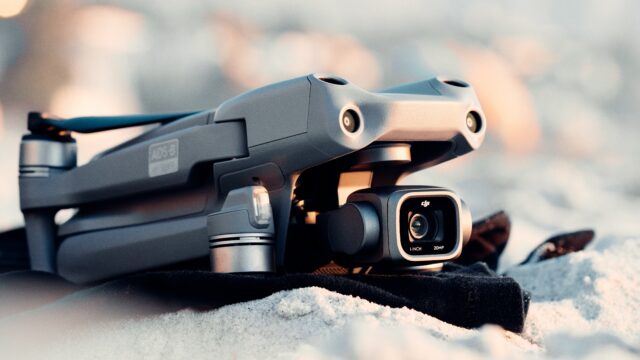
Last summer I had the chance to review the DJI Air 3, a drone that some people considered a successor to the Air 2S, while others saw it more as an Air 2 successor. The reason is that there was a small “downgrade” with the drone’s main camera (compared to the Air 2S). With the Air 3, DJI added a second camera with a 70mm equivalent telephoto lens, but the main 24mm camera got “only” a 1/1.3” sensor that offered up to UHD 4K video at 60fps.
Well, today the 1-inch type sensor returns to the Air series with the new DJI Air 3S (along with other improvements, of course).
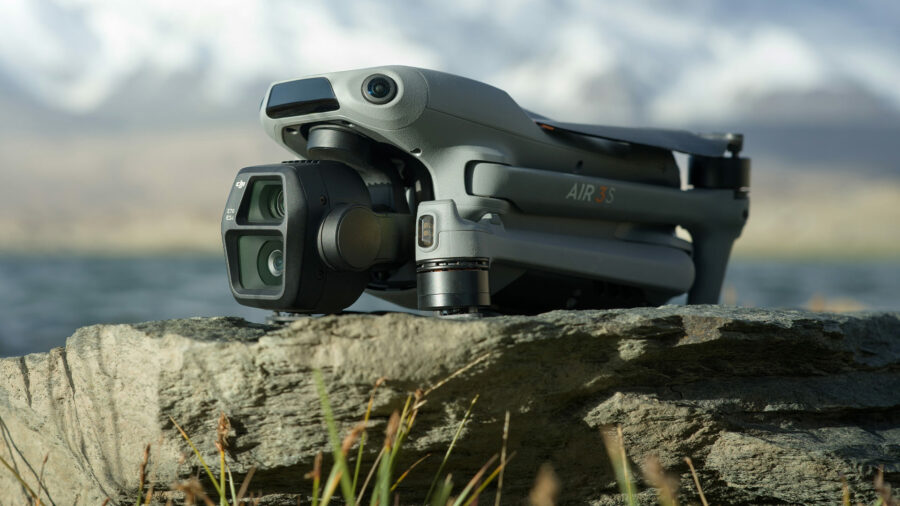
DJI Air 3S – up to 45 minutes of flight time
Last year during my DJI Air 3 review I observed the trend of the growing Air series. The take-off weight was significantly heavier for each generation of DJI Air:
- DJI Mavic Air (released in 2018) – take-off weight 430 g
- DJI Mavic Air 2 (released 2020) – take-off weight 570 g
- DJI Air 2S (released 2021) – take-off weight 595 g
- DJI Air 3 (released 2023) – take-off weight 720 g
Well, the trend continues with the Air 3S, as the drone has a take-off weight of 724 grams (which puts it in the C1 category in Europe). As I said last year, I experience the weight increase as a good thing, because it makes the drone more stable and wind resistant. Of course, this is only true if the weight gain doesn’t cause the drone to exceed a legal limit (like what happened with the DJI Mavic 3 Pro).
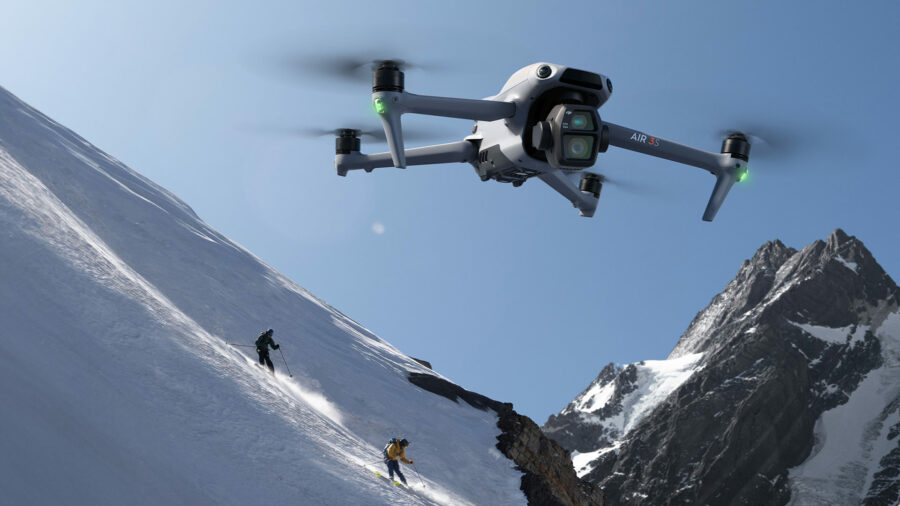
The drone can stay in the air for up to 45 minutes and with the new 10-bit O4 video transmission, the Air 3S can transmit a 1080p 60fps 10-bit video signal over a distance of up to 20 kilometers (in FCC mode).
New dual camera module
It’s no surprise that the most exciting updates happen with the camera module. Like the Air 3, the DJI Air 3S features a dual-camera setup:
- The primary camera features a 1-inch type 50 MP CMOS sensor with 24mm (equivalent) f/1.8 lens (close focus 0.5m).
- The secondary telephoto camera offers a 1/1.3” type 48MP CMOS sensor with a 70mm (equivalent) f/2.8 lens (close focus 3m).
Both cameras support the same recording modes, such as 4K UHD (3840 x 2160) up to 60 fps (with HDR option) or 4K UHD (3840 x 2160) up to 120 fps. Video recording is available with H.264 or H.265 codec with a maximum bitrate of 130 Mbps.
- 4K: 3840×2160 @ 24/25/30/48/50/60/120fps
- FHD: 1920×1080 @ 24/25/30/48/50/60/120/240fps
- 2.7K vertical recording: 1512×2688 @ 24/25/30/48/50/60 fps
The company claims that both cameras can now record 10-bit H.265 even with a normal color profile, which has a higher maximum ISO of 12,800. The other color modes, D-Log M (10-bit) and HLG, support a maximum ISO of 3,200. DJI claims that both cameras offer a maximum dynamic range of 14 stops.
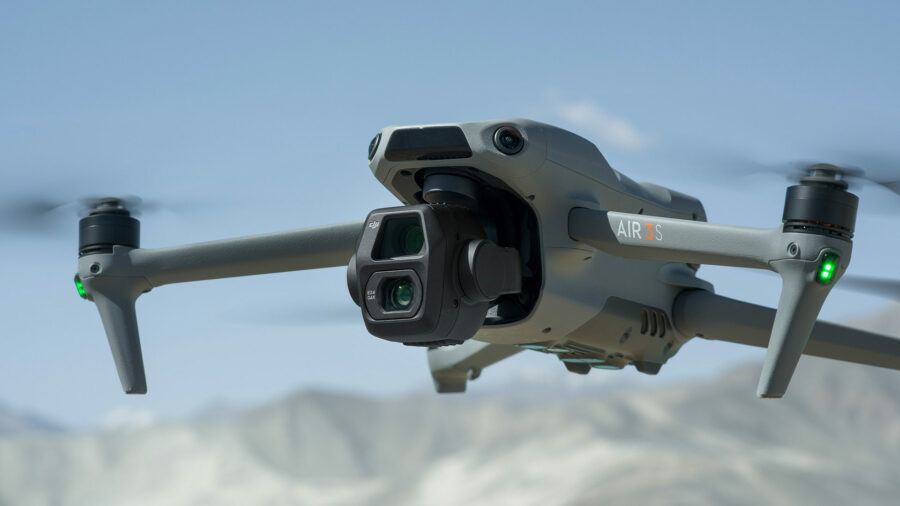
In addition to a MicroSD card slot, the drone also offers 42 GB of built-in storage. Off-state quickTransfer allows sending files from the Air 3S to a smartphone even when the drone is turned off. Transfers to a computer can also be made while the drone is powered off by simply connecting the Air 3S via a compatible USB cable.
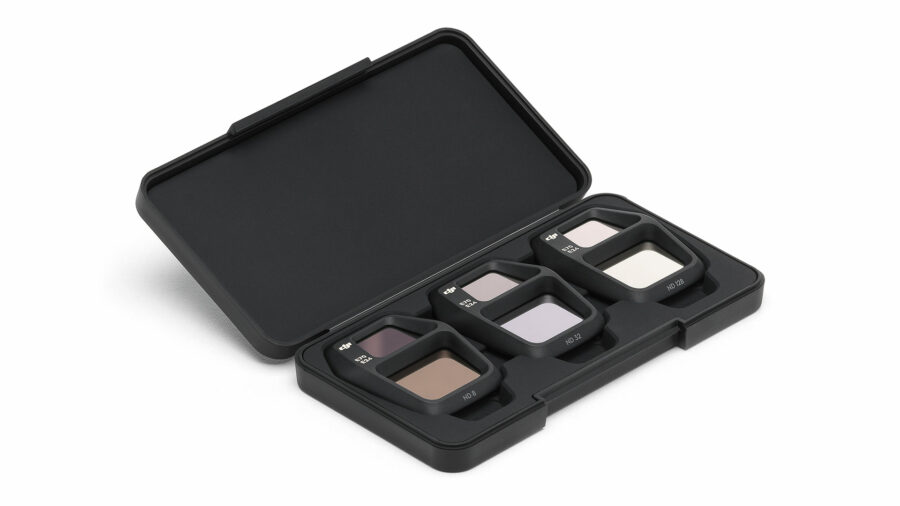
The new Free Panorama mode (supported by both cameras) allows seamless panoramic shooting by stitching together multiple images with a manually selected subject or area.
Focus on night flying
According to DJI, the Air 3S is the first DJI drone to offer a forward-facing LiDAR sensor, but also features downward infrared time-of-flight (TOF) sensors and six vision sensors (two on the front, rear and bottom). This array of sensors allows the drone to achieve omnidirectional obstacle detection and autonomously follow routes even at night.
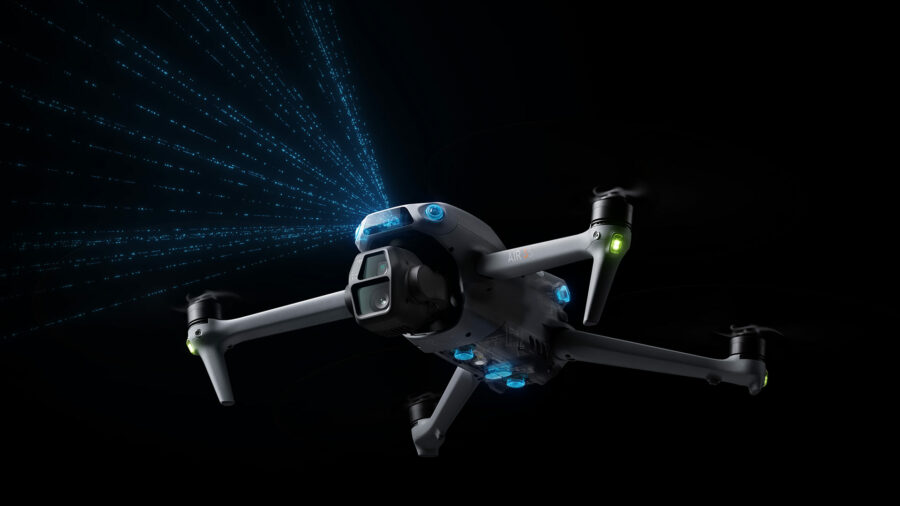
Air 3S offers Active Track 360° and a subject focus function. As DJI says, the drone can automatically keep and track any subject, even if it’s partially obscured (like when you’re behind bushes or on a bridge).
The drone’s charging hub supports PD fast charging and energy accumulation function. This allows the remaining power from multiple low power batteries to be transferred to the battery with the highest remaining power.
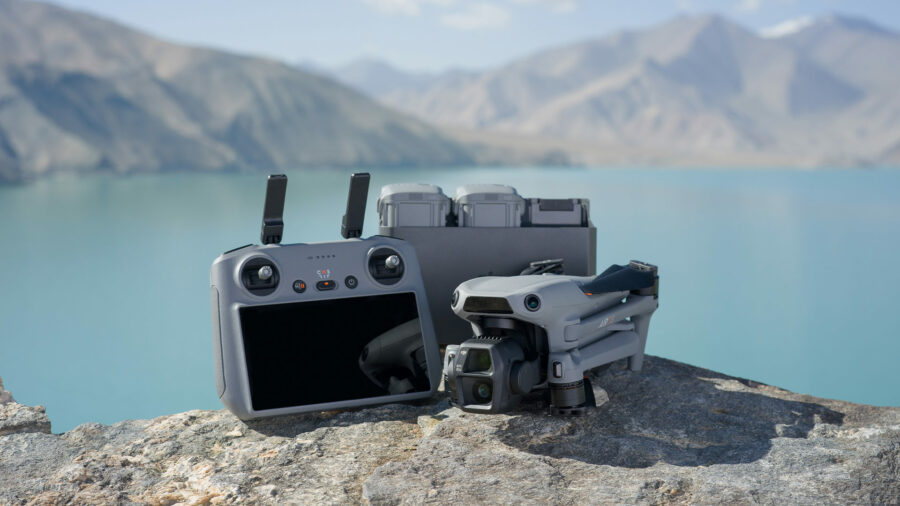
Another interesting feature is the ‘local data mode’. This works like an “airplane mode” on the phone by completely disconnecting the DJI Air 3S from the internet, keeping all data only in the drone.
Price and availability
The new DJI Air 3S drone is available now and, as always, there are multiple configurations to choose from:
- DJI Air 3S with the RC-N3 controller (requires connection to a smartphone) retails for $1,099 (from €1,099 in Europe).
- DJI Air 3S Fly More Combo with the RC-N3 controller (requires connection to a smartphone) retails for $1,399 (from €1,399 in Europe). This further includes an ND filter set, two extra batteries, a battery charging hub, a shoulder bag and more.
- The DJI Air 3S Fly More Combo (DJI RC 2) retails for $1,599 (from €1,599 in Europe). It includes the DJI RC 2 remote with a 5.5-inch 1080p 700-nit high-brightness display, an ND filter set, two extra batteries, a battery charging hub, a shoulder bag and more.
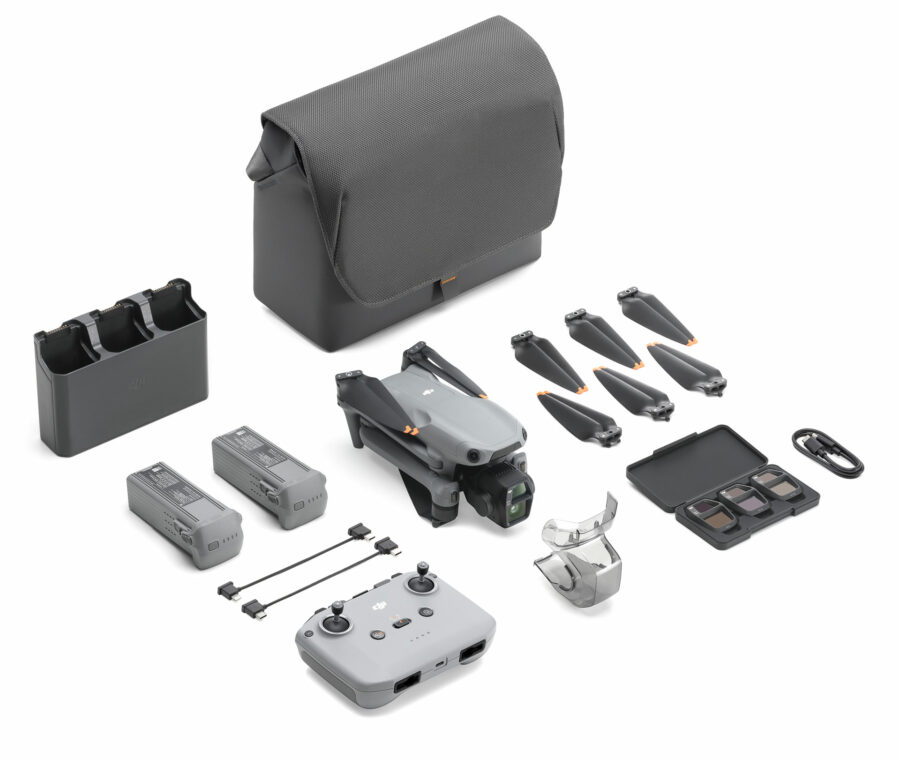
What do you think of the new DJI Air 3S drone? Are the upgrades big enough to upgrade? Let us know in the comments section below the article.



